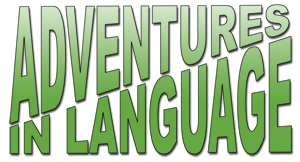
 
|
|
Adventures
in Language ® II Adventures
in Language II is the second level of a specially-designed, highly
motivating grammar, usage, and written expression program for
students from Grades 2 through Grade 5. Adventures in Language ®
II may also be appropriate for some special-education students
to help them acquire basic language skills. Building Vocabulary and Developing Core Knowledge E.D. Hirsch, Jr. made it clear in his book Cultural Literacy that young learners need to have adequate background knowledge to be successful academically. The topics found in the "Picture It" activity for each lesson provide Direct Instruction students with exposure to expository text, while developing their listening comprehension, vocabulary, and store of factual information. "Picture It" activities cover a range of knowledge in history, fine arts, science, and social studies. Using the Six-Trait Writing Approach to Develop and Evaluate Writing Adventures in Language II actively engages students in the steps of the writing process. Students apply basic sentence and paragraph-writing skills they learn in this sequential language program to story and expository writing. The students participate in evaluating class cooperative-writing projects, and their own writing, by identifying and analyzing six things to think about if they want to write a good paragraph or story. The six traits are defined and practiced under teacher guidance, and in "student-friendly" language. This enables them to evaluate written expression for content, organization, voice, sentence fluency, word choice, and conventions. The Six Traits become a habit as the students develop as writers. Find Out More! |
home | webinars | newsletters | real readers | for the love of writing | reader's club | writing for success | adventures in language | readers & writers | series launchers | reading for success | tools for success | curriculum maps | student performance documentation forms | placement tests | additional rubrics for sra high performance writing | research-based data | order forms for all products | shop online | return policy | about us | training, coaching and consulting services | contact us